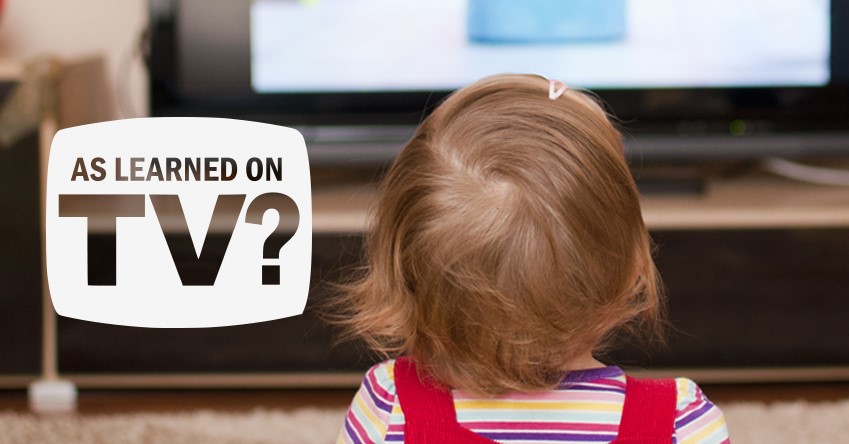
PHOENIX (July 2018) – For families of babies, toddlers and preschoolers, saying no screen time is easier said than done.
Technology isn’t going away and neither is the desire to make sure that kids are prepared for a world filled with computers at every turn.
The American Academy of Pediatrics recommends no exposure to screens for children under 2 years old. But as the child gets older, families can use technology and interactive media to support learning and, ultimately, relationships.
By managing screen time and choosing developmentally appropriate technology, adults can actually extend children’s learning, according to the National Association for the Education of Young Children and the Fred Rogers Center for Early Learning and Children’s Media at Saint Vincent College.
It’s important to note that not all technology is equal when it comes to using with young children. Early childhood organizations make distinctions between passive, non-interactive technology such as certain television programs and DVDs versus age-appropriate websites, phone apps and television programs that allow for the child to be active, create, think critically and problem solve.
“A great alternative to media use that is non-engaging, such as a child sitting alone watching a television show, is to use an app or other technology that involves age-appropriate learning and allows parents to engage their children in conversations that grow their vocabulary or allow for an exploration of the senses,” said Kelly Lubeck, First Things First program manager for family support and literacy.
First Things First reminds families that they’re in charge of managing the quantity and quality of screen time. What does that look like in real life? Finding a balance of activities is key.
Limit your child’s screen time and follow up by allowing time for your child to explore, pick up things and touch things, all ways to stimulate all the senses. For more tips go to healthychildren.org and search screen time.
Make sure that an adult is always with your child, providing hands-on engagement with what is happening on-screen. Zerotothree.org tells families to ask questions to engage thinking skills, such as, “What do you think will happen next?” Or after viewing a show about animals, take a walk and talk about the animals you see.
A smartphone can certainly engage a preschooler or young child, but an adult should be with the child to make the experience interactive. Using Skype to talk on camera with family members provides an authentic engagement with people in the child’s life and their world.
Even television or videos billed as educational do not help children under age 2 learn language. Babies and toddlers learn new words and develop language skills by listening and interacting with caring adults.
An FTF video designed to help parents understand why babies learn language best from real people, not TV or videos, can be viewed here.
Ultimately, the quality of screen time interaction for young children depends on the adult.
“When you use technology with your child, think of it as another opportunity to further communication and build the relationship with your child,” Lubeck said.
###
About First Things First – First Things First is a voter-created, statewide organization that funds early education and health programs to help kids be successful once they enter kindergarten. Decisions about how those funds are spent are made by local councils staffed by community volunteers. To learn more, visit FirstThingsFirst.org.

